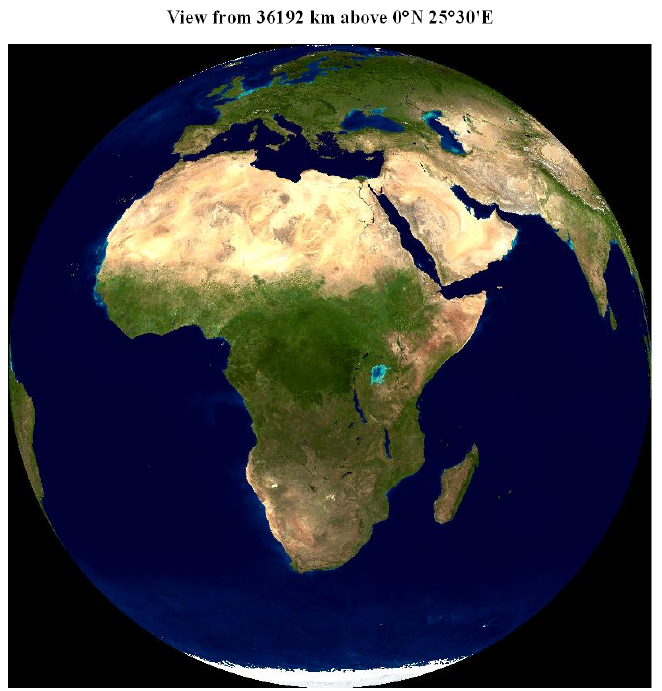DARC reports on Saturday, September 29, the annual symposium of AMSAT-DL took place in the IUZ observatory Bochum.
The Google translation reads:
There were lectures on current amateur radio satellites and space projects. The focus was on the first geostationary amateur radio satellite Es’hail-2, whose launch is expected later this year, as well as the MEGINASAT project, the first CubeSat from a German grammar school.
The lecture series was opened by Thilo Elsner, DJ5YM, whose article gave an overview of the ESERO office Germany opened in Bochum on May 16. ESERO stands for “European Space Education Resource Office”. The aim of the initiative is to bring space travel in the context of STEM subjects exciting and innovative in the classroom. After a lengthy selection process, Bochum was chosen as the location for Germany. In cooperation with the Ruhr-Universität Bochum, the observatory Bochum, the AMSAT-DL and other partners are founding members of this educational and scientific consortium.
Afterwards, AMSAT-DL-President Peter Gülzow, DB2OS, and Achim Vollhardt, DH2VA, talked about the current status of Es’hail-2 (called AMSAT-intern P4-A), whose launch will start in the fourth quarter of 2018 according to operator Es’hailSat should be done. A concrete start date is still not available. Recently, the AMSAT-DL completed and finalized the individual components for the Es’hail-2 ground station in Doha / Qatar. “Last week we finished the work and made the equipment ready to ship,” reported DB2OS. The components will soon be installed in Qatar. Another facility will be back up at the Qatar Amateur Radio Society (QARS) in Doha. A third ground station will be installed at the AMSAT-DL in the Bochum observatory. Two transponders are available on the satellite for amateur radio: a narrowband and a broadband transponder to be used for DATV broadcasts. “We hope to be able to present live broadcasts in DATV at the next HAM RADIO from June 21 to 23, 2019,” said Gülzow optimistically.
How satellite radio can also contribute to the successful recruitment of youngsters was demonstrated by the MEGINASAT team headed by project leader Thomas Leister, DG2PU. The project originated from an ISS contact of the Megina Gymnasium Mayen in 2012 and a stratospheric balloon launch in 2016. Specifically, MEGINASAT is the first CubeSat from a German grammar school. The students Florian Jüngermann, Max von Wolff (Physics Bundessieger at Jugend forscht) and Max Schild presented the project and pursue ambitious goals: The CubeSat is to serve Earth observation and send its image data by light transmission to Earth. Also sponsorship funds in five-digit amount have already been collected, now the team is looking for only one.
Source DARC https://www.darc.de/
AMSAT-DL President Peter Gülzow DB2OS will be giving a presentation “Es’hail-2 and its amateur radio payload” at the AMSAT-UK International Space Colloquium which is being held as part of the RSGB Convention at the Kents Hill Park Conference Centre in Milton Keynes, October 13-14 https://amsat-uk.org/colloquium/

